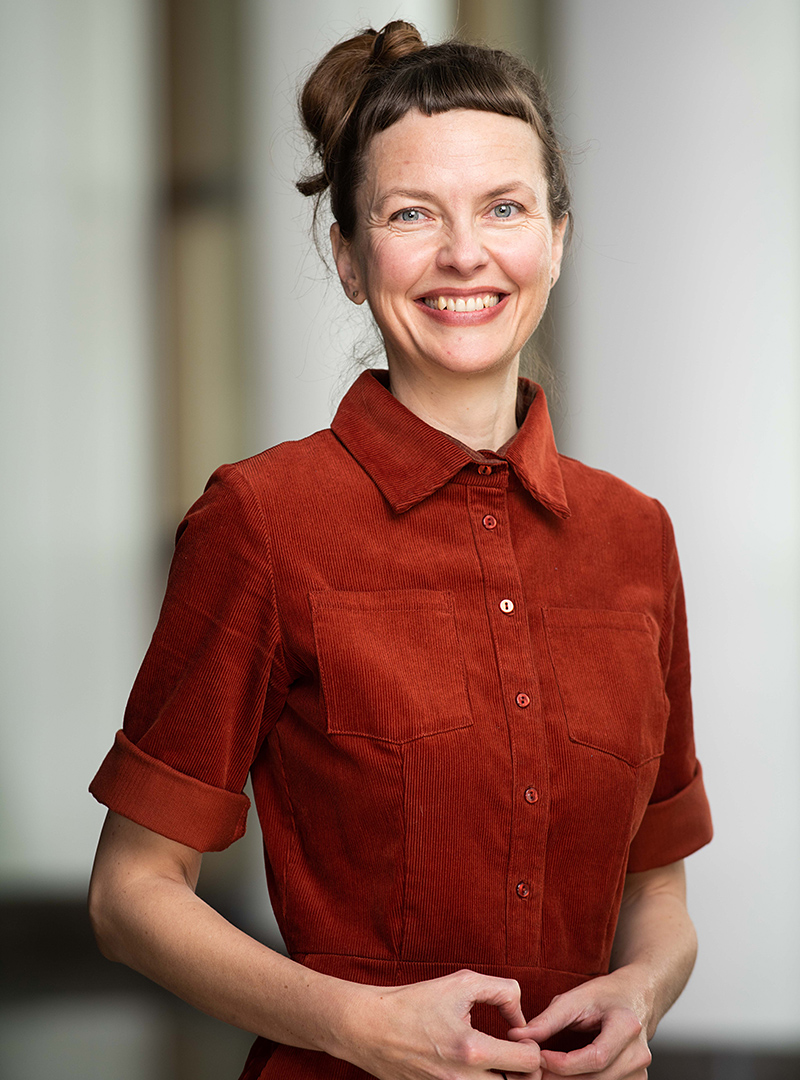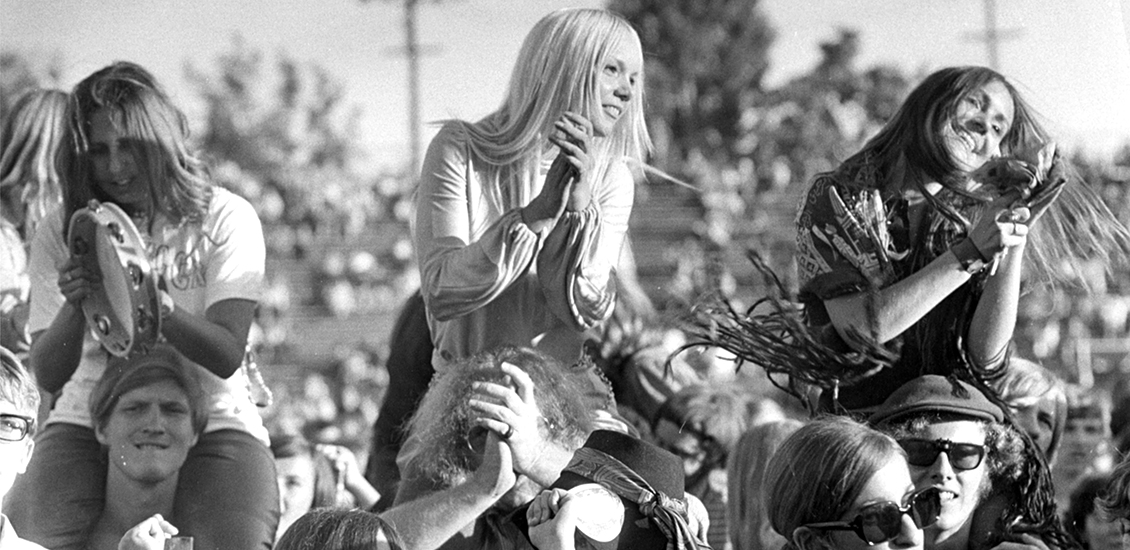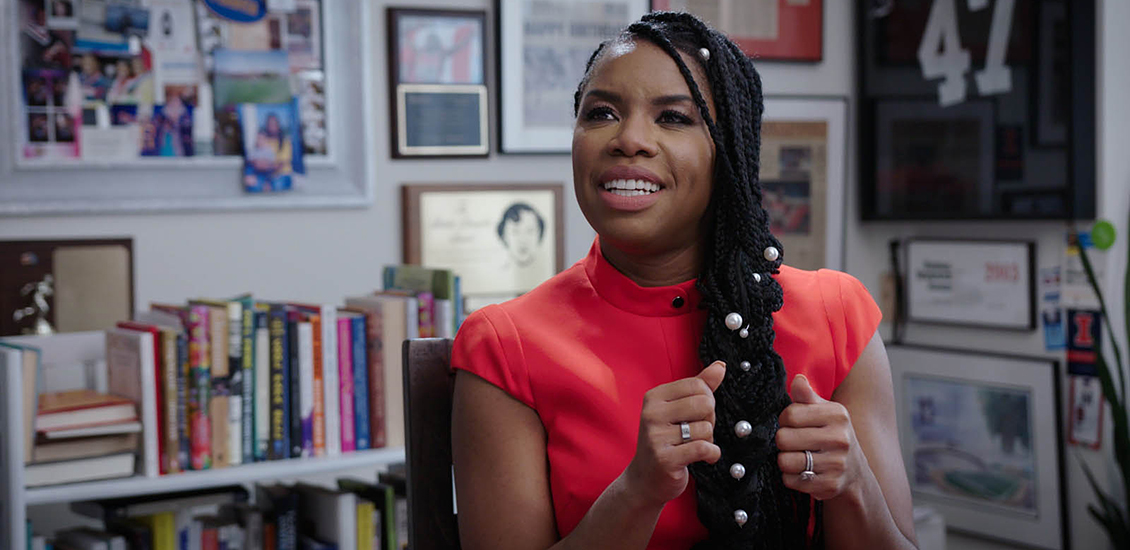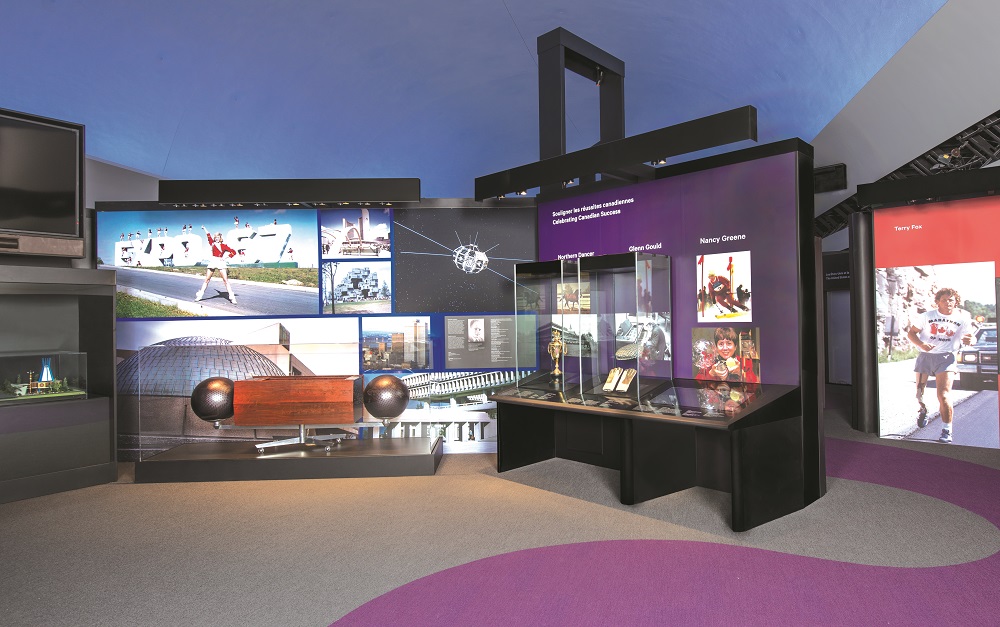Ethnomusicologist and Curator, Music and Performing Arts, Canadian Museum of History
1. You are the curator of the exhibition Retro – Popular Music in Canada From the ’60s, ’70s and ’80s. What inspired this exhibition?
The idea to develop an exhibition on popular music in Canada was already in the air when I arrived at the Museum in 2011, but its shape has been inspired by a host of things. We wanted to explore popular music as culture: not just something that reflects what is happening in the world, but also a dynamic actor in that world.
A period in contemporary history like the 1960s, ’70s and ’80s is especially rich for this sort of examination. Looking through my early notebooks, words like “rupture,” “hope,” “creativity” and “critique” figure prominently. These concepts are woven into the music of the period and continue to resonate today.
2. What role do you think music plays in shaping collective memory, and how does the exhibition reflect this connection?
Music is a form of storytelling that helps us make sense of the world around us. It can express things that are difficult to communicate through spoken language alone and create spaces for self-expression that are at once personal and also part of something bigger.
In the exhibition, we share storied objects that bring us closer to specific songs, artists and moments in ways that allow us to learn something new or to understand the familiar in a new way.

Judith Klassen
3. What do you think popular music reveals about Canadian cultural history? Why is it important?
Popular music is, by definition, something that touches the experiences of many people. In some cases, it reflects what is happening in broader spheres, addressing issues, ideas and experiences that are at play at a given time. But it is also more than that. It doesn’t just reflect culture; it is culture. Popular music becomes a living narrative of society, shaping identities as much as reflecting them.
4. Thank you for sharing your perspectives. We must ask: when did your interest in music begin?
I grew up in a family where music was part of everyday life. Piano and violin lessons, choirs, hours of singing at family gatherings — it was woven into the family and community fabric. I went on to study viola performance in university and to play with various experimental and rock bands. Being immersed in sound, feeling the vibration of an instrument on one’s collarbone, the exchange of ideas without using words — these things can be quite moving and catch one by surprise.



